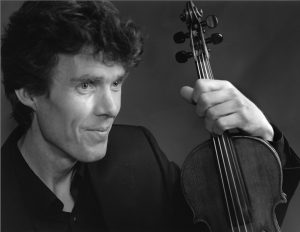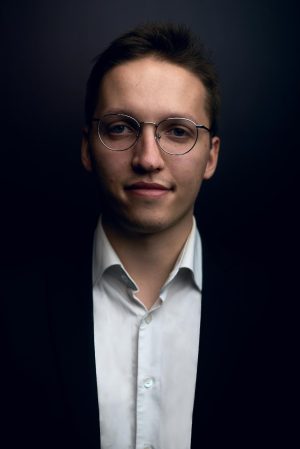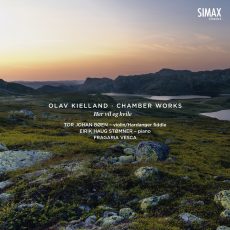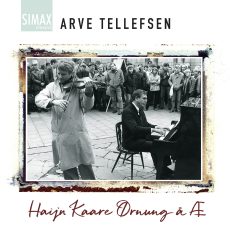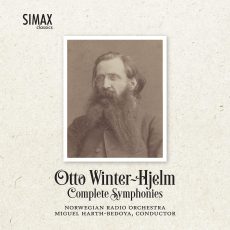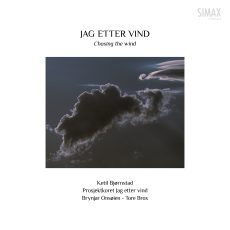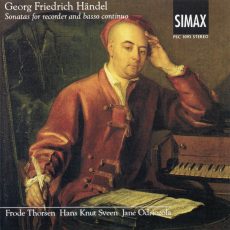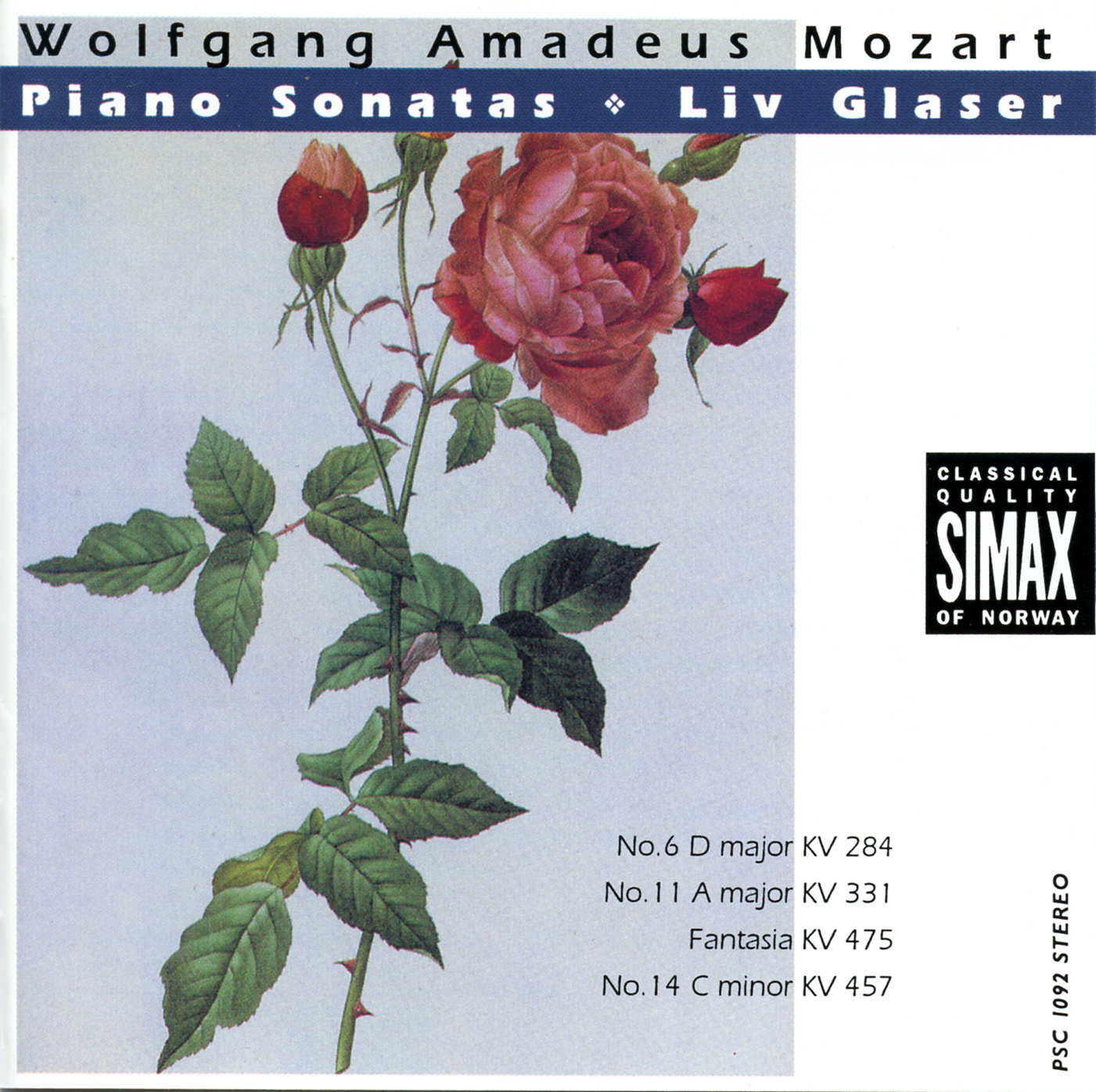The release of these ‘new’ Ysaÿe works – on CD and in critical editions – is a major event in the international world of music. The story behind the works, composed 1881-ca. 1926 and unknown for so long, is fascinating and typical of Ysaÿe.
Eugène Ysaÿe (1858-1931) the composer
The foremost performer of his time, Ysaÿe inspired composers like Franck, Debussy, Chausson and others to write some of their most important works for him. But he kept his own work as a composer much of a secret, even to the people close to him. The exception of course being the six sonatas for solo violin, which in turn are the most central works of modern violin repertoire. The newly discovered and reconstructed works here reveal how Ysaÿe, with his unique style of playing, explored and developed his musical language over many years. With his musical ideas and knowledge of his instrument’s possibilities Ysaÿe made unique contributions to the genre of music for violin and piano.
Ysaye in Norway and Denmark
It is an unknown part of music history that Eugène Ysaÿe embarked on his first concert tour to Norway in spring 1882. Ysaÿe performed concerts in the towns along the Norwegian coast from Trondheim to Fredrikstad. During his stay in Norway Eugène Ysaÿe composed and premiered three of his earliest works, Légende norvégienne, Mazurka de Concert op. 1 and Grande Valse de Concert op. 3 for violin and piano. Ysaÿe loved Norway. During his career, Ysaÿe visited Norway several times, and over time he became a legend to the Norwegian audience.
In October 1885 Eugène Ysaÿe was invited for the first time by the Norwegian composer, conductor and violinist Johan Svendsen to be soloist with the orchestra of the Royal Chapell in Copenhagen. During his stay in Copenhagen Ysaÿe composed and premiered two new works for violin and piano.
The restoration – searching for Ysaÿe
This recording is a result of a performing research project on Eugène Ysaÿe’s unknown works and arrangements for violin and piano that started in 2002. Tor Johan Bøen started to work on this project at the same time as he was working on his doctoral project at Rice University in Houston about Ysaÿe’s Trio for two violins and viola (2005). He recorded the Trio for two violins and viola together with Ysaÿe’s two trios for violin, viola and cello for Simax Classics in 2010 (PSC 1295).
As a direct consequence of this research, the world now has the opportunity through
editions and recording to come closer to new repertoire and the visions Ysaÿe had for his own music.












